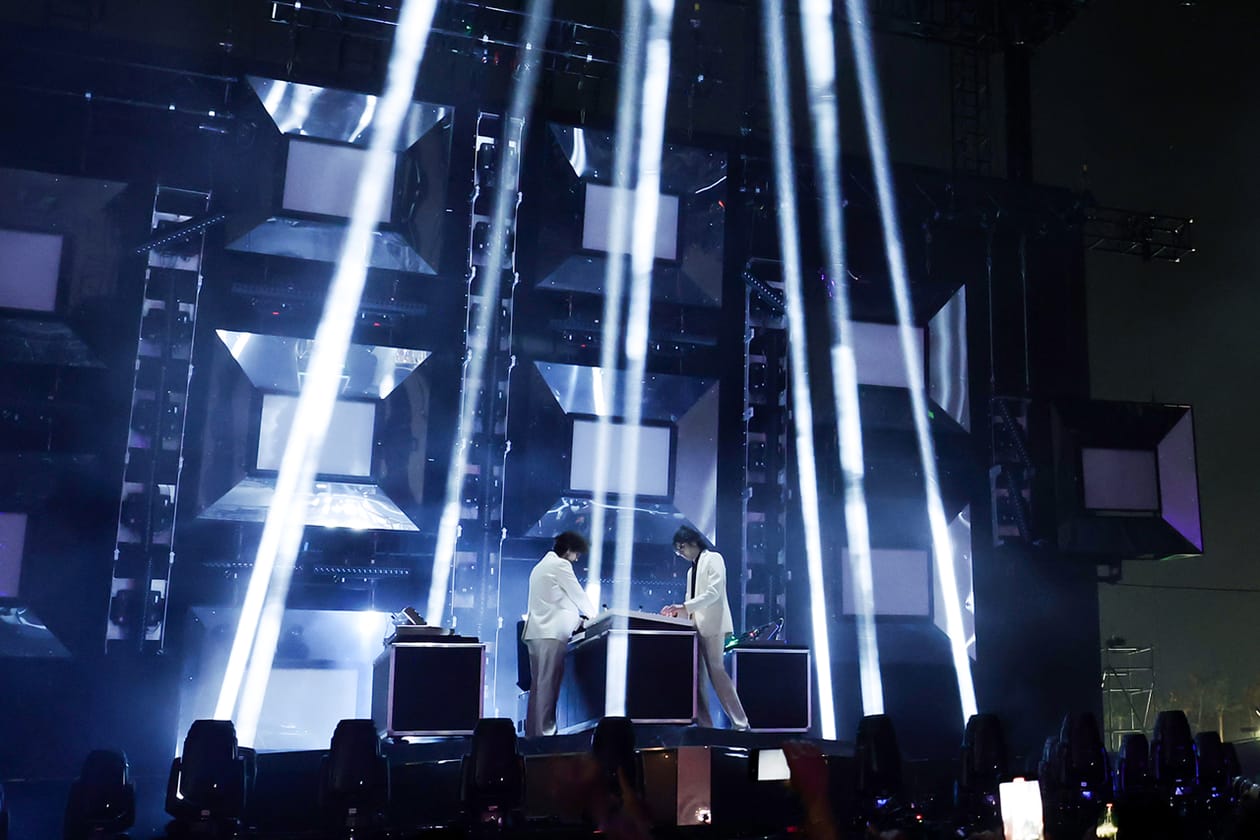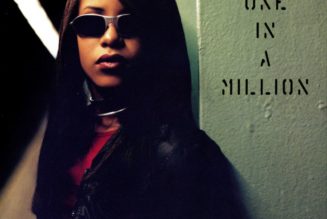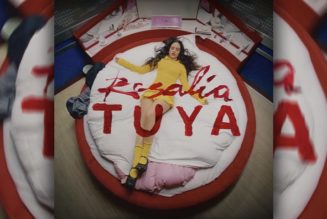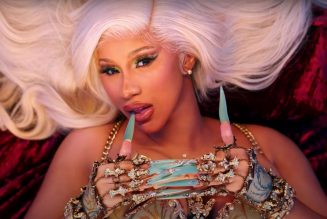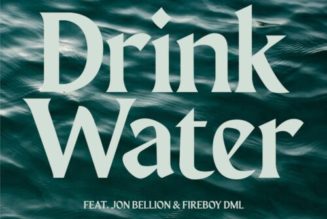When Justice released Hyperdrama, their first album in eight years, this April they didn’t exactly expect to dominate the dance scene like they once had. Gaspard Augé and Xavier de Rosnay, began performing together as Justice in 2003, and over the past twenty years, they’ve built a cult-like audience that’s followed their every beat — but the arms-wide-open reception they received from the contemporary audience surprised them..
Even as one of the most influential electronic acts of the past few decades – lauded for their convergence of French house and rock music – Hyperdrama served to re-introduce Juitice to longtime fans and a fresh pool of listeners alike thanks to anthemic cuts like the Tame Impala-featuring “Neverender” and other collaborations with Miguel, Connan Mockasin and Thundercat.
On November 10, Justice will be headlining Hypefest Hong Kong, offering attendees the opportunity to witness one of the duo’s rare live sets. While de Rosnay, who answered on behalf of the duo, says they rarely perform live shows, their sets are a return to square one. It’s just a lot of trying to to execute everything so that you and the crowd are all in sync.”
How are you feeling ahead of your performance at Hypefest Hong Kong next month?
We’ve performed in Hong Kong a couple of times, but it was always in and out. From what I remember, it’s like a pretty futuristic city – kind of like Blade Runner. Hong Kong is the future as we imagined it in the ‘80s.
Historically, You’ve looked to the 80s for musical and visual inspiration. That influence – paired with anime, another main source of inspiration – really came together in the recent “Neverender” visual. How did you land on that concept?
The one-minute intros from the anime we watched when we were kids have always been a big part of our musical and visual inspirations. They always managed to condense so many emotions into such a short time span. We also loved sitcoms like Punky Brewster and Silver Spoons.
Because of that, we decided to make our own anime with “Neverender.” We worked with the Japanese studio Sekai. Masanobu is a master in Japanese animation techniques, which is much harder to find from an animator in Europe or even in the US. At the same time, he makes it in a modern way that has these psychedelic vibes that work with our music and the voice of Kevin [Parker, Tame Impala frontman]. It was a way of doing this while producing a contemporary music video that isn’t a 100% pastiche of something from the ‘80s.
Speaking of “Neverender,” you released an entire EP of remixes of the track, including one from Kaytranada. What’s your philosophy on remixes at this point in your career?
The remixes were more of [our label] Ed Banger’s thing. Honestly, we feel a bit disconnected from the club scene in general. Remixes are not really important for us at the moment. We are still in the club scene nonetheless and are open to new things, so we let Pedro [Winter, Ed Banger founder] give people the stems. Kaytranada is someone we like, so we’re happy that he was on board to do it.
Why do you feel disconnected from the club scene?
We’ve just grown older. The club scene has always been like something that belongs to the youth. When we were in our 20s, we used to hang in the clubs and we were very much in line with that type of energy. Now, when we go into a club, people will think we’re undercover cops from the drug enforcement agency.
Eight years have passed since Woman and Hyperdrama. Was the age of Justice as a group, or your individual ages, considered while making the new LP?
Our own age, not really. The only thing we were a bit conscious about was who might listen after an eight-year gap between this project and our last record. Obviously, there was a bit of doubt but it never really interfered with the music we were making. We never try to jump on the last train or follow what’s happening with music, especially in club music.
The reception was the best surprise for us. We’re at a point where generations of our listeners are crossing over, which we saw at the first shows we played at Coachella – the two front rows were mainly people in their 20s. For most of them, it was the first time they had seen us play at a festival. We’ve been here long enough that a new generation of people are discovering our music. And we don’t feel like an “old band.” I think this album, the live show, and everything else around it are still very contemporary.

